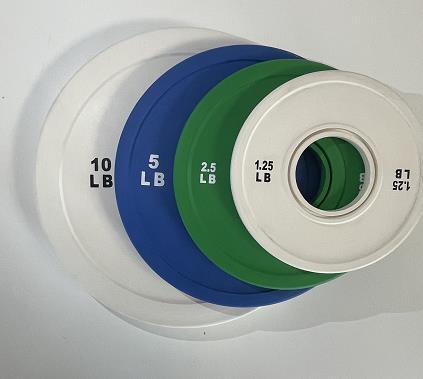How Can Rubber Change Plates Improve My Strength Training Results Faster?
2025-07-16
Why Is It So Hard to Break Through Plateaus in Weightlifting?
In my experience, the most frustrating part of training is hitting a plateau—where no matter how hard I push, the progress just stalls. That changed when I started using rubber change plates. These small-weight options let me add just 0.5kg or 1kg to my lifts, giving my body the stimulus it needs without risking form or injury.
What Are the Benefits of Using Rubber Change Plates Over Time?
With consistent use of rubber change plates, I noticed measurable improvement in both strength and confidence. I was no longer intimidated by the big 5kg or 10kg jumps. These smaller increments helped me build strength gradually, reducing strain on my joints and improving my technique.

Are Rubber Change Plates Worth the Investment?
Absolutely. A good set of rubber change plates lasts for years. They're compact, durable, and compatible with Olympic barbells. In my home gym, these are some of the most-used items—far more than the heavy bumper plates. Plus, the rubber coating ensures they don’t damage floors or equipment.
What Size Options Are Available and Which Should I Start With?
If you’re unsure where to start, here’s a breakdown I usually recommend to my clients:
| Plate Weight | Typical Use Case | Available at Goodcrossfit |
|---|---|---|
| 0.5 kg | Micro-loading for small lifts | ✅ |
| 1.0 kg | Progression for beginners | ✅ |
| 1.5 kg | Intermediate strength work | ✅ |
| 2.0 kg | Advanced compound lifts | ✅ |
| 2.5 kg | For heavy lift plate pairing | ✅ |
How Do I Know I’m Buying Quality Rubber Change Plates?
Poorly made plates wear out, crack, or even deform over time. That’s why I stick with Goodcrossfit—their rubber change plates are not only calibrated for accuracy, but also built to withstand daily drops. No wobble, no bounce, just consistent performance you can trust.
Our products enjoy a high level of trustworthiness. If you have any needs, please feel free to contact us at any time. We offer 24-hour online service and provide efficient solutions.


